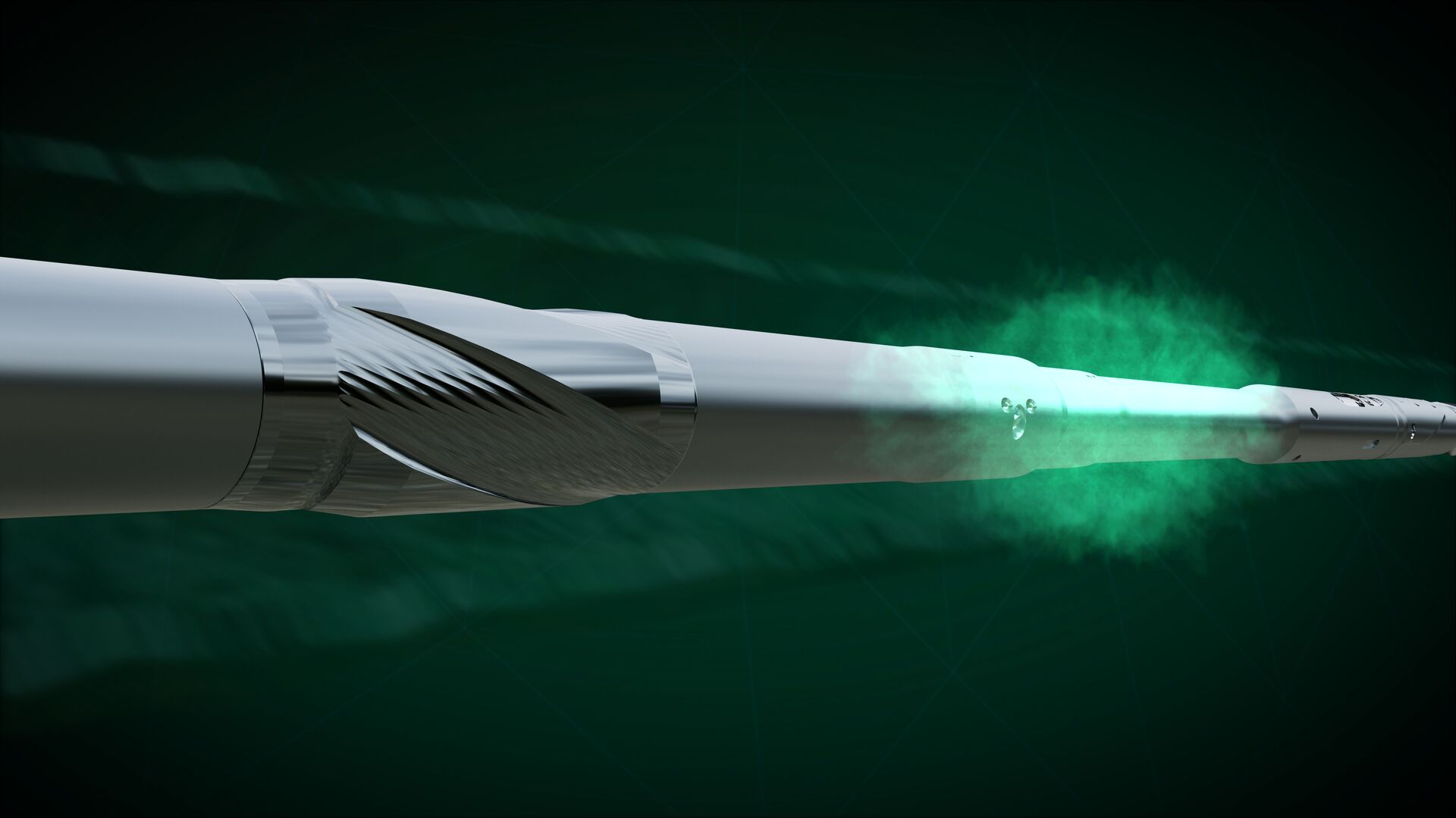Baker Hughes, one of the world’s largest energy technology companies, has found in fusion research an unexpected ally to improve its operations. Through the adoption of GEOUNED, a radiation transport software developed by Universidad Nacional de Educación a Distancia (UNED) for Fusion for Energy (F4E), the company has strengthened the accuracy and efficiency of its nuclear well logging simulations.
With decades of expertise in oil, gas, and nuclear, Baker Hughes relies on advanced nuclear methods to characterise subsurface formations. These include natural and spectral gamma, gamma-gamma density, neutron porosity, mineralogy, and pulsed neutron well-logging tools. Precise radiation transport simulations are essential to interpret this complex data and support reliable decision-making in exploration.

Baker Hugues integrated GEOUNED into its workflow in 2022. Since then, their nuclear modelling teams in Germany have used the tool on a weekly basis to perform fast evaluations of models. GEOUNED allows the company to streamline a crucial stage in the simulation chain: converting CAD designs into constructive solid geometry (CSG), enabling subsequent mesh generation, verification, and simulation.
GEOUNED continues to be an important part of our nuclear modelling workflow and has significantly improved the efficiency and accuracy of our radiation transport simulations,” explains Andreas Vogt, Nuclear Scientist and Group Leader at Baker Hughes. Baker Hughes nuclear scientist Bor Kos adds ‘Coming from academia, where I worked on fusion radiation transport problems, I’ve been constantly impressed by the software products from UNED including GEOUNED. The code is simpler, faster and more user friendly than any other CAD-to-CSG tool I’ve used before.’”
The impact for Baker Hughes has been substantial. By reducing the time needed to prepare and evaluate models, the company can accelerate its exploration cycles and optimise resources across its projects. The enhanced accuracy of simulations also translates into better characterisation of geological formations, supporting safer and more cost-effective drilling decisions. In an industry where precision directly affects operational performance, GEOUNED has helped Baker Hughes strengthen its position as a technological leader.
Beyond adoption, Baker Hughes has actively engaged with the UNED team led by Patrick Sauvan and Juan Pablo Catalán to suggest improvements that could further align the software with industrial needs. Their collaboration demonstrates how technologies born in fusion bring added value and evolve through real-world industrial applications.
This success story highlights how F4E’s Technology Transfer Programme helps connect fusion research with global industry leaders. For Baker Hughes, leveraging GEOUNED means more than adopting a new tool, it represents harnessing the innovation developed in Europe for the ITER project to strengthen its energy technologies and maintain a competitive edge in a highly demanding sector.
You can also get in touch with us if you need any support